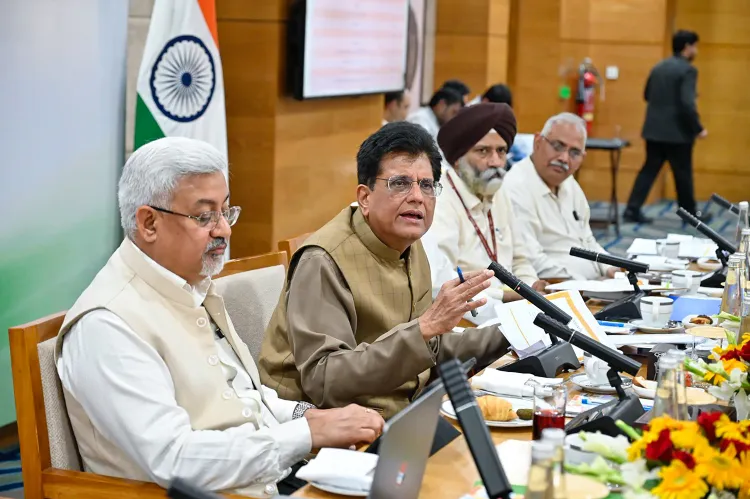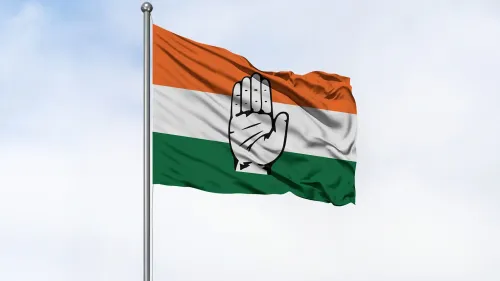Can India-UK FTA Boost Bilateral Trade by 15% Until 2030?

Synopsis
Key Takeaways
- Bilateral trade between India and the UK is projected to grow by 15% annually until 2030.
- The FTA aims to enhance market access and reduce tariffs.
- Significant opportunities for gems and jewellery manufacturers in the UK market.
- Tariff reductions in key sectors such as automobiles and pharmaceuticals.
- Improved competitiveness for Indian exporters in the UK.
New Delhi, May 16 (NationPress) The bilateral trade between India and the United Kingdom (UK) is projected to rise by approximately 15 percent yearly until 2030, as a recent report indicated the impending implementation of the free trade agreement (FTA) in the coming year.
This newly finalized FTA between India and the UK presents a strategic opportunity for Indian businesses to broaden their presence in the UK market, enhance domestic manufacturing, and foster economic growth, per the report from CareEdge Ratings.
“This significant FTA also encourages investment, joint ventures, and collaboration within the service sector, thereby strengthening economic connections. Moving forward, this agreement signifies a crucial transformation in India-UK economic relations, unlocking fresh opportunities for businesses, fortifying manufacturing, and improving consumer markets,” stated D Naveen Kumar, Associate Director at CareEdge Ratings.
Presently, trade between the UK and India constitutes about 2 percent of India’s overall trade value, although it has been steadily increasing at a compound annual growth rate (CAGR) of 11 percent over the past decade.
On May 6, the UK and India formalized their FTA after nearly three years of negotiations.
As per the agreement, India will decrease tariffs on 90 percent of British goods, with 85 percent becoming entirely duty-free over a decade. In exchange, the UK has consented to lower tariffs on specific products, resulting in 99 percent of India’s exports to the UK being exempt from duties.
“Some anticipated advantages of the FTA for Indian exporters include enhanced market access, stable supply chains, increased competitiveness, larger volumes, and new growth pathways,” the report highlighted.
The FTA is anticipated to significantly enhance India's exports by drastically lowering tariffs, removing trade barriers for better market access, and making Indian products more competitively priced, thus boosting their demand in the UK.
This agreement also provides relief to exporters facing sluggish sales and uncertainty regarding potential reciprocal tariffs from the US.
In vital sectors such as automobiles, whisky, industrial machinery, and pharmaceuticals, substantial gains are expected due to significant tariff reductions and streamlined regulations.
According to the report, the India–UK FTA is set to create considerable opportunities for Indian gems and jewellery manufacturers by accessing the UK’s affluent consumer market and established luxury sector.
The tariffs on various electrical and engineering products range from 8 percent to 14 percent. With their elimination under the India–UK FTA, Indian manufacturers are set to gain a decisive competitive advantage over other global suppliers, the report noted.









